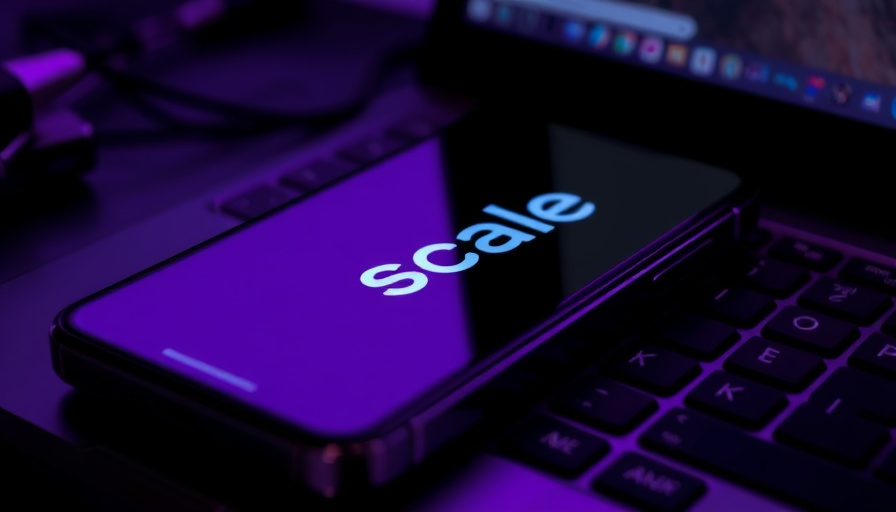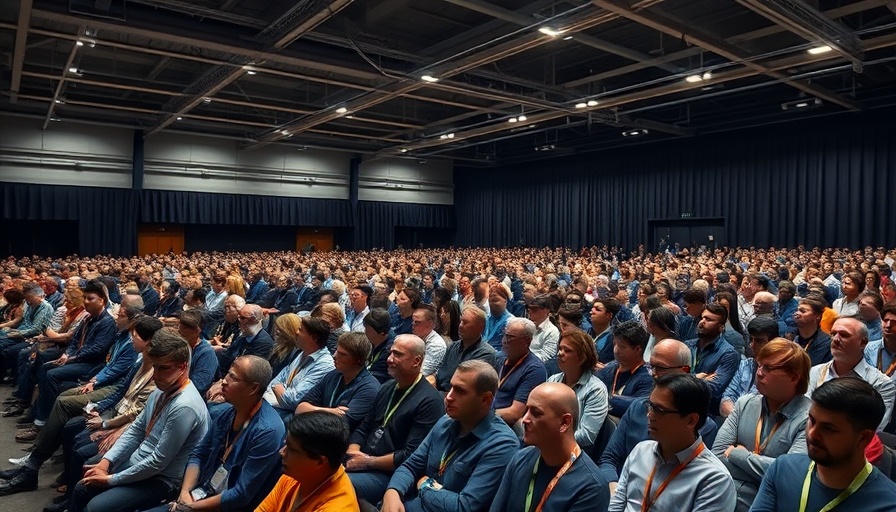
The Reality of Working at OpenAI: Insights from a Resigned Engineer
As artificial intelligence continues to burgeon, OpenAI stands at its forefront, spearheading innovations that capture public imagination. Recently, a former engineer, Calvin French-Owen, shed light on his year-long experience at the company, revealing not only its accomplishments but also its challenges. His blog post not only illuminates the fast-paced culture of the tech giant but also offers insights that may reshape perceptions about working within such a rapidly evolving environment.
Rapid Growth: A Double-Edged Sword
During French-Owen's tenure, OpenAI grew from 1,000 to 3,000 employees—an astonishing increase for any organization. He likened this expansion to a chaotic sprint, emphasizing that, while fast growth is invigorating, it often leads to disorganization. "Everything breaks when you scale that quickly," he noted, reflecting the struggles with communication, product shipping, and management that inevitably arise in such environments.
This rapid scaling highlights a phenomenon often seen in startups—dynamic growth outpaces structured processes. As companies like OpenAI introduce groundbreaking products like Codex, the need for coherent strategies and organized teams becomes obvious. Such insights can inform other tech firms considering rapid expansion, emphasizing the importance of maintaining structure amidst chaos.
Empowerment Meets Duplicity
OpenAI strives to maintain the startup spirit, allowing employees to act on their ideas without cumbersome bureaucracy. French-Owen found himself in a vibrant environment similar to smaller startups, where innovation is welcomed. However, this lack of structure often led to overlapping efforts among teams, highlighting a critical lesson for burgeoning companies: without careful oversight, creativity can sometimes lead to redundancy.
He recounted witnessing numerous libraries developed for similar purposes, which serves as both a commendation of the team's creativity and a critique of the inefficient allocation of resources. This aspect of OpenAI’s culture, while fostering innovation, signals a necessity for improved collaboration to leverage strengths and avoid duplicating efforts.
Talent Variability and the Challenge of Coding
Diversity in coding skill levels among the engineering team also presented its own challenges. French-Owen observed an eclectic mix, from seasoned professionals polished by experience at tech giants like Google to fresh PhD graduates. This range results in a coding environment where practices vary significantly. His description of the central code repository as a "bit of a dumping ground" speaks volumes about the disparity in coding quality and the pressing need for mentorship in such a pivotal space.
To mitigate such issues, companies should emphasize structured training programs and thorough onboarding processes. By pairing experienced engineers with newer hires, organizations can cultivate a more unified coding practice while empowering young talent.
Conclusion: What the Future Holds for OpenAI
The revelations from French-Owen's departure allow for a glimpse into the inner workings of OpenAI, highlighting both the exhilarating opportunities presented by fast growth and the inherent challenges that accompany it. As companies in the tech sector look to replicate OpenAI’s successes, they should take heed of these insights to avoid potential pitfalls.
For those considering a career in technology, understanding the dynamics at play within such innovative firms can be invaluable. Companies must not only strive for rapid growth and innovation but also work diligently to maintain structured processes that can guide their evolution.
By staying committed to fostering a balanced environment of creativity and organization, organizations can navigate the chaotic waters of rapid expansion and talent diversity while preventing the confusion that can arise within fast-changing landscapes.
 Add Row
Add Row  Add
Add 



 Add Row
Add Row  Add
Add 
Write A Comment